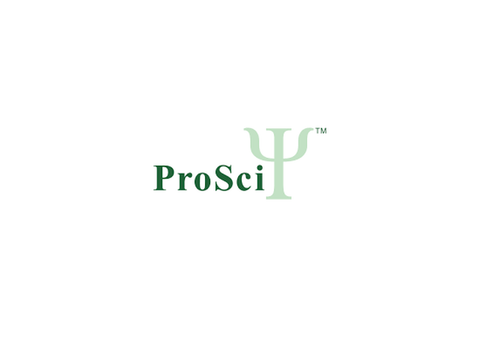Product Description
SMARCA3 Antibody | 28-113 | ProSci
Host: Rabbit
Reactivity: Human
Homology: N/A
Immunogen: Antibody produced in rabbits immunized with a synthetic peptide corresponding a region of human SMARCA3.
Research Area: Transcription
Tested Application: E, WB
Application: SMARCA3 antibody can be used for detection of SMARCA3 by ELISA at 1:312500. SMARCA3 antibody can be used for detection of SMARCA3 by western blot at 2.5 μg/mL, and HRP conjugated secondary antibody should be diluted 1:50, 000 - 100, 000.
Specificiy: N/A
Positive Control 1: Tranfected 293T Cell Lysate
Positive Control 2: N/A
Positive Control 3: N/A
Positive Control 4: N/A
Positive Control 5: N/A
Positive Control 6: N/A
Molecular Weight: 114 kDa, 114 kDa
Validation: N/A
Isoform: N/A
Purification: Antibody is purified by protein A chromatography method.
Clonality: Polyclonal
Clone: N/A
Isotype: N/A
Conjugate: Unconjugated
Physical State: Liquid
Buffer: Purified antibody supplied in 1x PBS buffer with 0.09% (w/v) sodium azide and 2% sucrose.
Concentration: batch dependent
Storage Condition: For short periods of storage (days) store at 4˚C. For longer periods of storage, store SMARCA3 antibody at -20˚C. As with any antibody avoid repeat freeze-thaw cycles.
Alternate Name: SMARCA3, ZBU1, HLTF1, RNF80, HIP116, SNF2L3, HIP116A, SMARCA3
User Note: Optimal dilutions for each application to be determined by the researcher.
BACKGROUND: SMARCA3 (HLTF) is a member of the SWI/SNF family. Members of this family have helicase and ATPase activities and are thought to regulate transcription of certain genes by altering the chromatin structure around those genes. SMARCA3 contains a RING finger DNA binding motif. Western blots using two different antibodies against two unique regions of this protein target confirm the same apparent molecular weight in our tests.The protein encoded by this gene is a member of the SWI/SNF family of proteins. Members of this family have helicase and ATPase activities and are thought to regulate transcription of certain genes by altering the chromatin structure around those genes. The encoded protein contains a RING finger DNA binding motif. Two transcript variants encoding the same protein have been found for this gene. However, use of an alternative translation start site produces an isoform which is truncated at the N-terminus as compared to the full-length protein.
 Euro
Euro
 USD
USD
 British Pound
British Pound
 NULL
NULL










